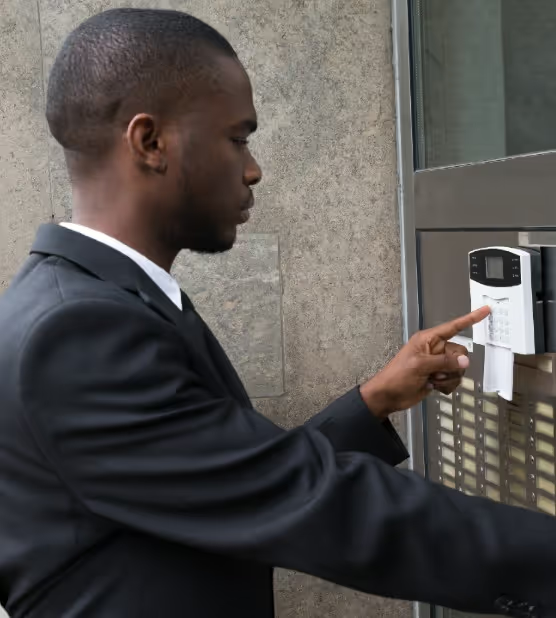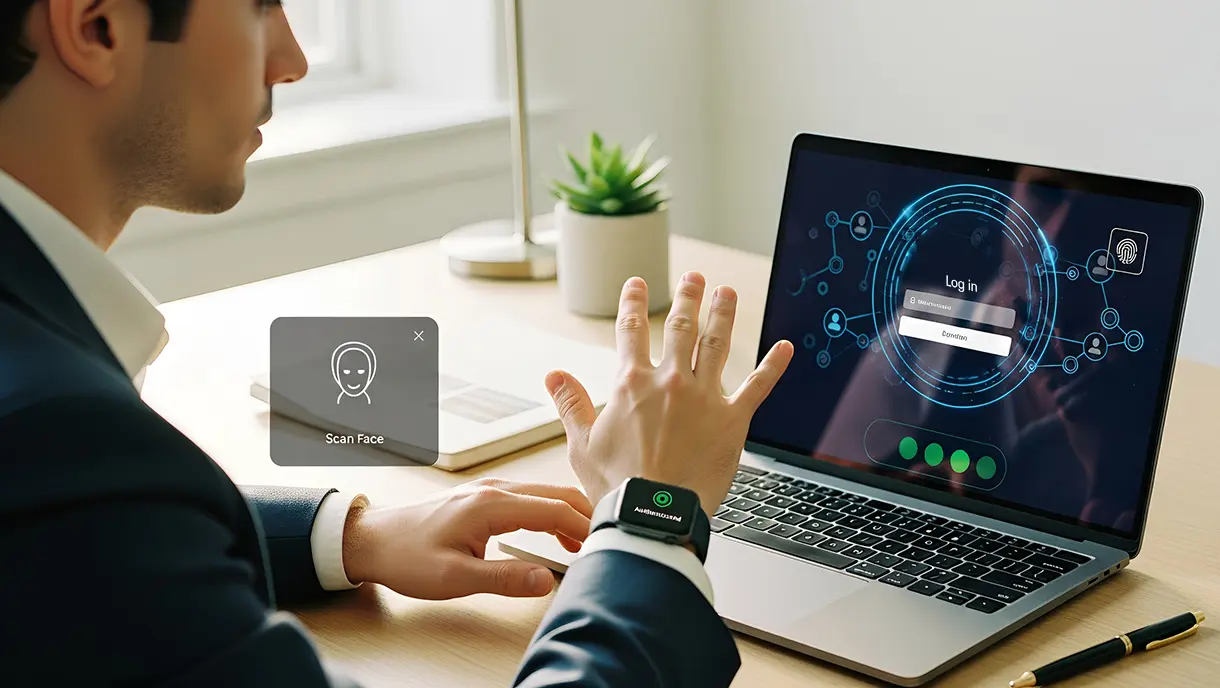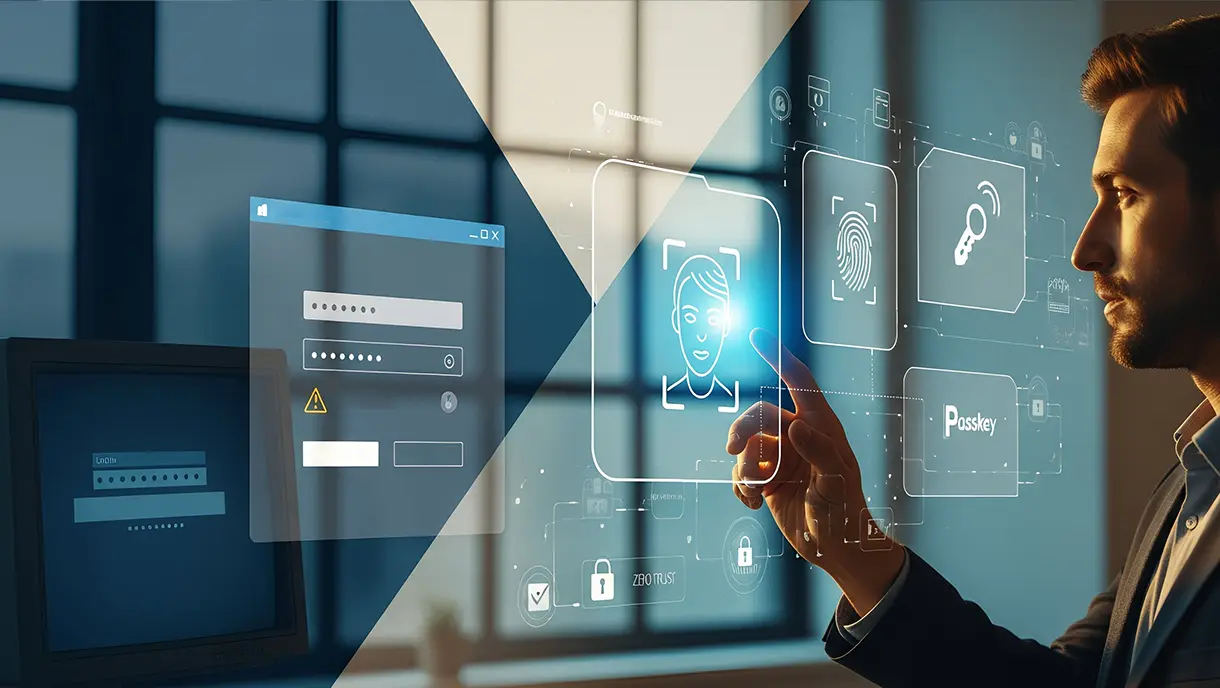Factors that drive the physical access control market
The physical access control market is rapidly growing due to rising security concerns, regulatory compliance, remote work, and technological advancements. Modern systems now integrate with AI, IoT, mobile devices, and cloud platforms, offering customizable, cost-effective, and scalable solutions. As organizations seek tighter control over both digital and physical spaces, physical access control has become essential for ensuring safety, privacy, and operational efficiency across sectors.

Over the last century, technological advancements have closely intertwined with business progress. However, as technology continues to rapidly infiltrate industries worldwide, there is a parallel increase in security concerns. This phenomenon has led to physical access control becoming a critical component for organizations to safeguard their assets and sensitive information.
Physical access control plays an important role in businesses and organizations by allowing them to regulate access to secure areas and information, ensuring the safety and security of their employees, assets, and data.
Besides security, several other significant factors are fueling the growth of the physical access control market. At the start of this decade, the US access control market had a valuation of $7.79 billion and is projected to reach an astonishing $12.31 billion by 2028.
1. Increasing Demand for Enhanced Security
As security concerns rise, businesses and organizations are looking for more effective ways to secure their premises and assets. Physical access control systems provide an effective solution for managing access to sensitive areas and data.
With the rise of cyberattacks and data breaches, physical access control is now an essential part of security infrastructure, driving strong market demand.
2. Technological Advancements
New technologies—such as biometrics, smart cards, and wireless systems—have significantly improved physical access control.
For example, biometric access control uses unique physical characteristics (like fingerprints or facial features) to verify identity, offering higher security and convenience compared to traditional keys or cards.
3. Multi-Factor Authentication
With over 45% of US companies experiencing a data breach in the last year alone, the need for multi-factor authentication has become a focus area.
The shift to remote work has revealed new vulnerabilities, prompting even smaller organizations to adopt physical security access controls to safeguard digital and physical assets.
4. Compliance Requirements
Government and industry regulations—such as HIPAA in healthcare and PCI DSS in finance—mandate physical access controls to secure private data.
Technologies like zero-knowledge proofs can ensure access without compromising privacy. These regulations drive increased adoption across sectors like healthcare, education, and finance.
5. Need for Cost-Effective Solutions
Businesses seek affordable access control systems that offer strong security while remaining scalable and customizable.
Such systems can integrate with existing infrastructure, making them viable for organizations of all sizes.
6. Integration with Other Security Systems
Physical access control systems can work alongside video surveillance, alarm systems, and intrusion detection, offering a more comprehensive security framework.
Example: If an unauthorized person enters, the system can activate cameras, sound alarms, and notify security teams in real time.
7. Increasing Need for Remote Access Control
With remote work becoming commonplace, companies need remote access control solutions to manage access permissions from anywhere.
These systems are essential for enabling secure access across distributed teams and multi-location enterprises.
8. Growing Adoption of Cloud-Based Access Control
Cloud-based systems provide benefits like:
- Lower upfront costs
- Easier maintenance
- Centralized management
- Real-time visibility
They're ideal for businesses with multiple offices or remote teams, fueling rapid adoption.
9. Use of Artificial Intelligence and Machine Learning
AI and ML enhance access control by:
- Adapting to evolving threats
- Offering real-time analytics
- Enabling facial recognition and pattern-based decision-making
This adds a predictive layer to access control for proactive threat management.
10. Increased Use of Mobile Devices
Organizations are leveraging mobile devices for access control, allowing users to unlock secure areas via smartphones.
This trend is especially useful for remote workers and modern mobile-first environments.
11. Integration with IoT Devices
IoT-enabled access control connects sensors, cameras, and alarms to access points. For example, sensors can detect if a door is left open and immediately trigger an alert.
This real-time capability adds a layer of intelligent automation to security systems.
12. Use of Blockchain Technology
Blockchain offers:
- Tamper-proof access logs
- Increased transparency
- Enhanced security and immutability
It enables trust in access histories and ensures integrity across multi-user environments.
13. Integrated Hardware Systems
There is growing demand for badges, QR codes, facial recognition, Bluetooth keys, and other hardware systems.
These tools are now more integrated, connected, and capable of delivering real-time data to respond to health, privacy, or compliance concerns.
Even smart homes and smart mobility platforms are contributing to the rapid rise in demand.
14. Customized Solutions Drive
With varying security needs—like mandatory access control, role-based, or discretionary models—there’s rising demand for customized access control.
Thanks to tech advancements and competition, businesses now have affordable, tailor-made solutions offering:
- Data security
- Rapid authentication
- Flexible configurations
This flexibility makes customized solutions a top driver of growth.
Sector-Wise Growth
The access control market spans military, residential, industrial, and commercial sectors.
However, the commercial sector is leading in value due to higher adoption of sophisticated systems across office buildings, retail centers, and enterprise environments.
Final Thoughts
The physical access control market is expanding rapidly due to a combination of:
- Increasing security demands
- Technological progress
- Compliance pressures
- Cost-conscious decision-making
- Remote and mobile workforce needs
As threats evolve and organizations prioritize resilience, physical access control will only grow in significance—making this a critical area to watch and invest in.
Get the latest updates! Subscribe now!







